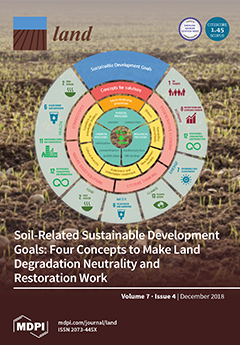Changes in Human Population Density and Protected Areas in Terrestrial Global Biodiversity Hotspots, 1995–2015
Biodiversity hotspots are rich in endemic species and threatened by anthropogenic influences and, thus, considered priorities for conservation. In this study, conservation achievements in 36 global biodiversity hotspots (25 identified in 1988, 10 added in 2011, and one in 2016) were evaluated in relation to changes in human population density and protected area coverage between 1995 and 2015.





